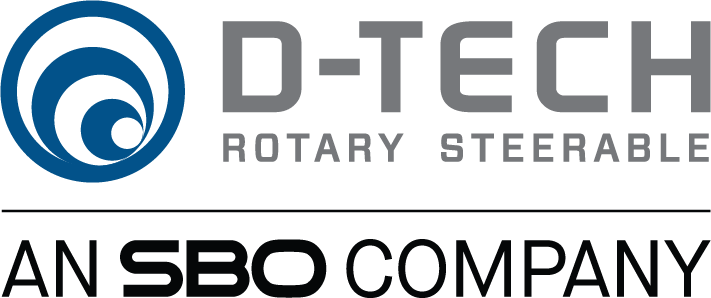Both RSS types allow directional control with full, continuous rotation of the drillstring from surface. Using an RSS eliminates the need to alternate between the sliding and rotating required with steerable motor assemblies
combined with a bent housing.
Point-the-bit systems
In a point-the-bit RSS, the bit axis is tilted relative to the drillstring axis. Tilting is commonly achieved by:
- deflecting an internal flexible shaft or
- using an offset mandrel.
Both methods can use either a fixed or variable offset. The key drawback of point-the-bit RSS is the design complexity required to implement its functionality. It typically requires large, compensated volumes of hydraulic oil, universal joints for torque transmission, and drilling fluid/oil interface seals. This complexity typically leads to limited reliability, high repair cost, and long turnaround times.
Some point-the-bit RSS rely on stabilized nonrotating external housings to maintain the correct orientation of the drill bit axis tilt to the formation (toolface). These RSS suffer from an increased risk of getting stuck in hole, as the
non-rotating reference stabilizer is typically unable to transmit torque during reaming operations, allows cuttings settle-ment, and can hang on ledges created in the wellbore while drilling through different formations and
shallow angles.
Point-the-bit RSS that use a fully rotating offset mandrel to provide bit tilt typically require large amounts of electric power to maintain the toolface control to overcome the drilling and formation forces. The high-power electronic
systems are prone to reliability issues caused by heat buildup and fluctuations in high current flows.
Push-the-bit systems
The D-Tech RSS uses push-the-bit technology. In these types of systems, a controlled side force is applied to the side of the borehole, pushing the drill bit in the opposite direction to achieve the required wellbore trajectory control.
The side force is generated hydraulically by the bit pressure drop defined by the bit nozzles. A small percentage of the overall mud flow through the drillstring is deviated to the hydraulic pistons of the D-Tech RSS. The benefits of this concept are that only a small amount of electric power is required to power the tool electronics and mud control valve. It minimizes internal wear and makes the electronics inherently more reliable.
It also allows the control electronics to be fully scalable, meaning the same control unit assembly is used for all tool sizes with only a collar-specific adapter kit.
Together with fast turnaround times between runs, this design allows the D-Tech RSS to offer customers with high asset efficiency and availability.
The ruggedized, fit-for-purpose design is substantially more robust and suitable to handle challenging drilling conditions observed in many high-performance land drilling applications.
Compared to other push-the-bit RSS, the D-Tech RSS does not require mounting holes in the collar housing to control electronics—a frequent source of fatigue cracks seen in other commercial systems, especially when subjected to high levels of stick-slip or high-frequency torque oscillations.





